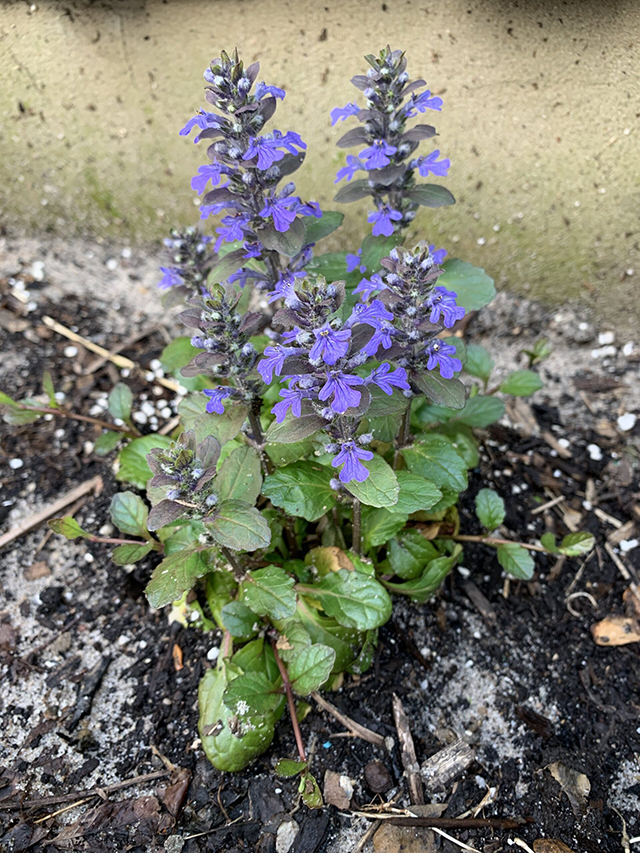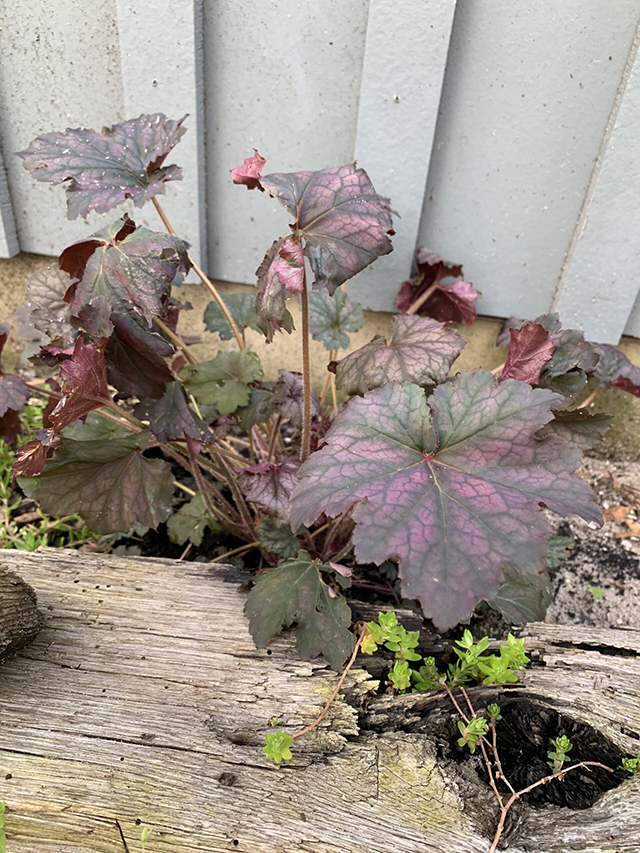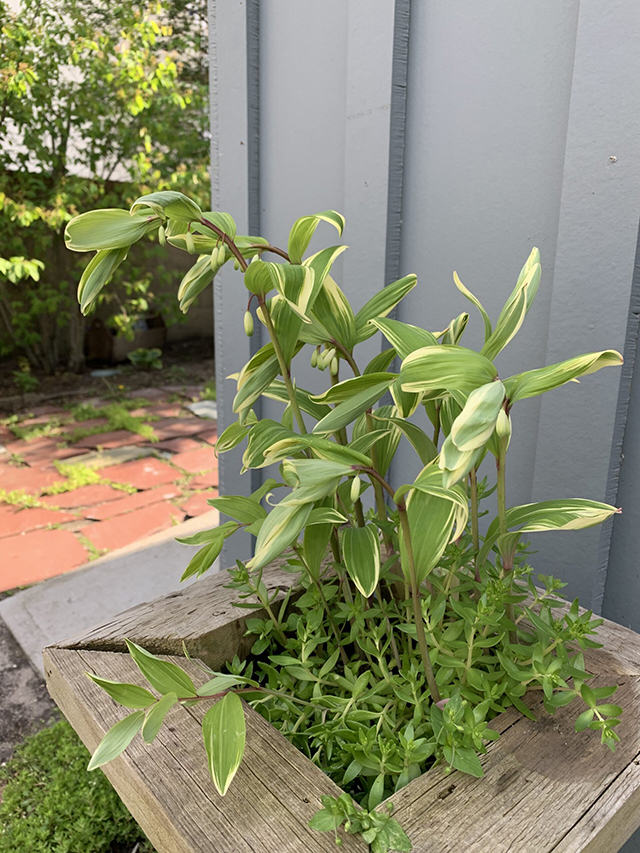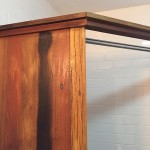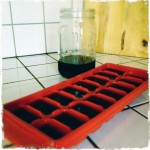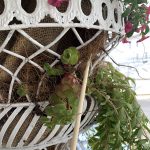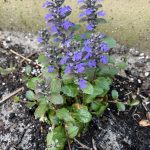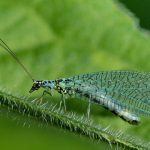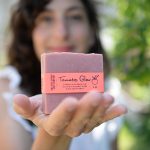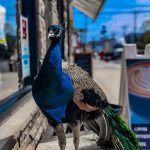A Shade Garden
My backyard is shaded by the towering condo on the corner of Beach 91st and Shore Front Parkway. A shade garden is a challenge! But a challenge is fun and encourages you to learn. If we all had perfect soil and full sun, that would be boring, right?
A big part of gardening is trial and error. In the past few years – since my front yard is generally organized and thriving – I’ve focused on the backyard plants. I’ve tried many different perennials and annuals, with tags that say they’re suited for shade. Some didn’t work and some did. Besides shade, there are many other factors in play when choosing the right plant for the right space – water, soil quality, wind, etc.
I have three beautiful, no fuss shade plant recommendations for you to consider:
Bugleweed (Ajuga): This ground cover spreads quickly, and blooms blue, purple, white or pink flowers depending on the variety. A stem shoots up about 8 inches above the cover with tiny whimsical flowers. The leaf color ranges from dark purples to lighter greens with white. The leaves add lovely texture to any flower bed arrangement. Regular watering works just fine for this perennial. Since Ajuga is thriving and spreading in my backyard, I can say without hesitation that sandy/poor quality soil is adequate. Bugleweed loves part-sun to shade. It does have runners so be aware, it can spread. But in the case of poor soil and a shade garden that can work to your advantage.
Coral Bells (Heucheras): Flowers are overrated when you think of the vast varieties of color this plant will add into your shaded garden. Oranges, bronze, deep purples, maroons to salmon, are the beautiful tones to choose from. Also, the leaves are often variegated. The foliage is heart-shaped or rounded. Coral bells shoot up long thin stems a foot above the base that host small bell-shaped flowers. They bloom from late spring to summer. Deadhead for a longer flowering season. Heucheras is native to the U.S., naturally found in wooded areas so they’re shade-lovers. And as you would guess, prefer moist, well-draining soil. Interestingly, this plant is semi-evergreen. In our zone 7, if the winter is mild, the plant will not die back and you can enjoy the colorful foliage year-round.
Solomon’s Seal (Polygonatum): This plant is new to me. Last year my neighbor Tim pulled up some of it from his garden. It grows from rhizomes and therefore can be divided. I gladly took a bunch when he offered it to me. This type of root is a spreader, so plants with space in between. Solomon’s Seal performs best in full shade – you rarely hear that! It can grow several feet tall which is a nice feature for garden borders. The plant also blooms little white dangling flowers from April through June. The leaves are bright green and white. In the fall they turn golden yellow. Solomon’s Seal prefers damp, well-drained soil but can also handle dry spells. File this plant under “easy care.”
An interesting bit about the name … It’s said when leaves drop off of this plant, the scare looks like the sixth seal of King Solomon. This marking is the predecessor of the Star of David. It is said to have magical powers with the ability to command demons and spirits. The seal also gives the power to speak and communicate with animals.
For more on gardening follow me for the day-to-day on IG @glorifiedtomato
